Description
Alloy B-2 / UNS N10665 / W.Nr. 2.4617
Description
Alloy B-2 is a solid solution strengthened, nickel-molybdenum alloy typically used in extreme reducing conditions. Alloy B-2 has significantly lower carbon, silicon and iron compared to the predecessor, alloy B (UNS N10001). Compared to alloy B, alloy B-2 is less susceptible to weld zone corrosion in the as-welded condition. Controlling other alloying elements such as iron and chromium resolved potential issues with forming and shaping. Stringent chemistry control in the production of alloy B-2 allows the alloy to be used in the welded condition, and it is less susceptible to stress corrosion cracking under many conditions. Care must be taken in selecting the right alloy for the desired application. Alloy B-2 should not be used at temperatures between 1000°F and 1600°F as the alloy forms secondary phases that could decrease the ductility of the material.
Industries & Applications
Alloy B-2 is suitable for use in the chemical processing industry, specifically in areas where hydrochloric acid, phosphoric and sulfuric acid are used or processed. Alloy B-2 has also been used in the production of pharmaceuticals, acetic acid, alkylation of ethylene and herbicides. Typical end use applications include pumps, valves, mechanical seals, rupture discs, flanges, fittings, tanks and vessels.
Resistance to Corrosion
The high molybdenum content in alloy B-2 gives this alloy excellent resistance to hydrochloric acid over a wide range of concentrations and temperatures. Alloy B-2 also shows good resistance to hydrogen chloride, sulfuric acid and phosphoric acids and has excellent resistant to pitting and stress corrosion cracking in the heat affected zone. Uniform corrosion rates in various environments are similar compared to the other nickel-molybdenum alloys such as alloy B-3®. The presence of any oxidizing media, even in trace amounts, will significantly increase corrosion. Alloy B-2 should not be used in oxidizing media, as these alloys show little to no resistance in such environments.
Fabrication and Heat Treatment
Welding alloy B-2 can be performed by TIG, MIG and coated electrode. Dissimilar metal welding alloy B-2 to alloy B-3® is possible using AWS ERNiMo-10 for GTAW and GMAW operations and ENiMo-10 for SMAW welding. The work piece should be thoroughly cleaned with acetone or other suitable cleaners to ensure that all contaminants and markings are removed. Grinding prior to welding can be performed with a clean alumina wheel; not previously used on any iron-based materials. There is no need for pre or post heat treatment processes unless the work piece has been formed or welded. A full solution anneal before welding is required on pieces that have been formed. Hot working should be performed in a temperature range between 1700°F to 2250°F with heavy deformation performed toward the upper end of the range. Reheating of the work piece may be necessary. A full solution anneal should be performed on all hot-worked, welded and any cold-worked pieces with more than 15% deformation followed by a water quench. Solution annealing of alloy B-2 is performed at 1950°F for 30 minutes per inch thickness followed by a water quench. Subject material should be charged into a hot furnace and monitored closely for accurate time at temperature. Contact thermocouples are preferred.

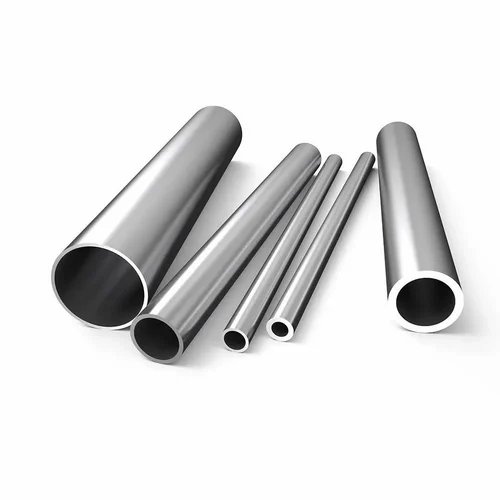
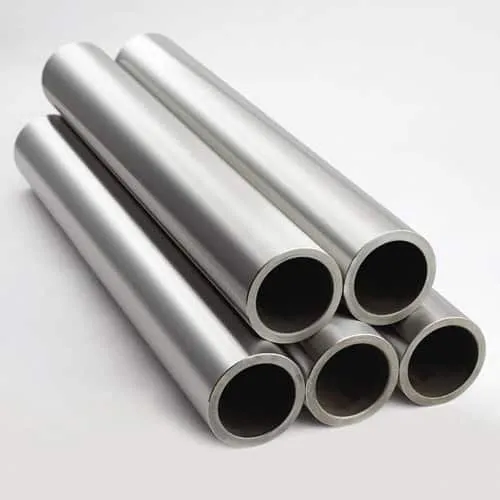
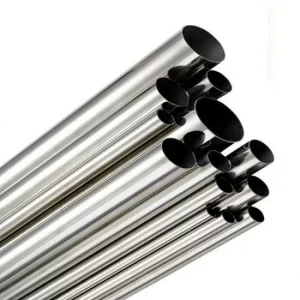
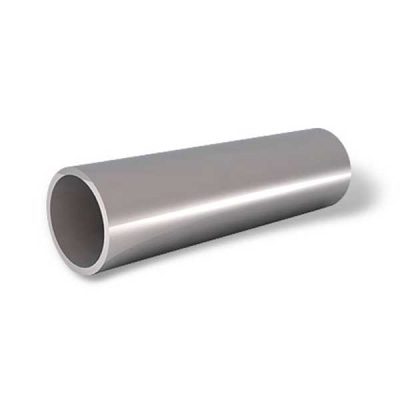
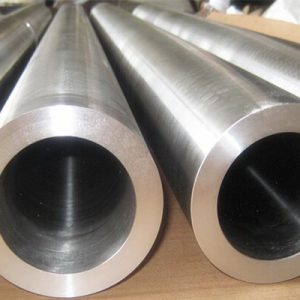
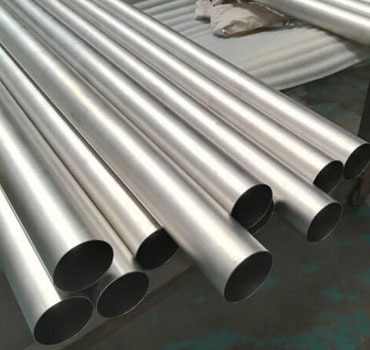
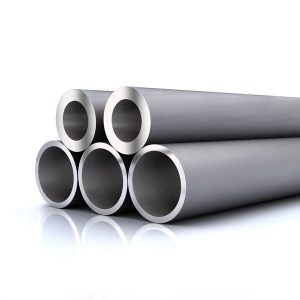
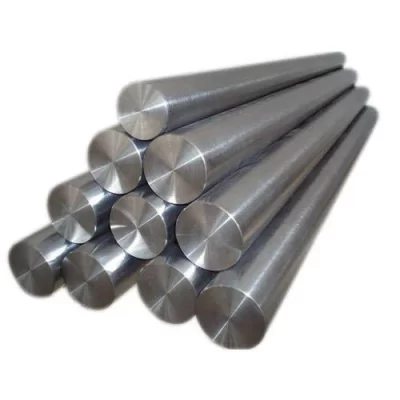
Reviews
There are no reviews yet.